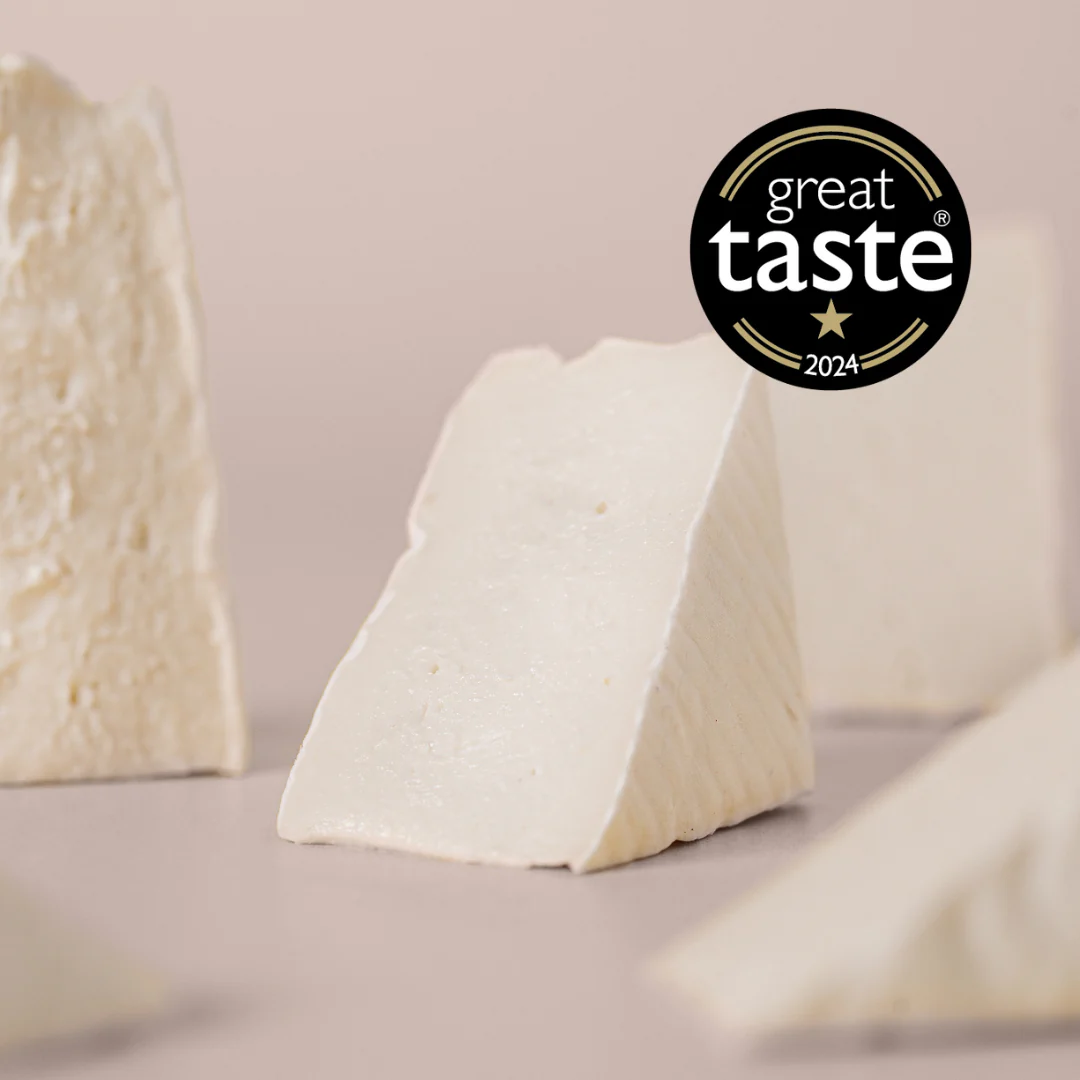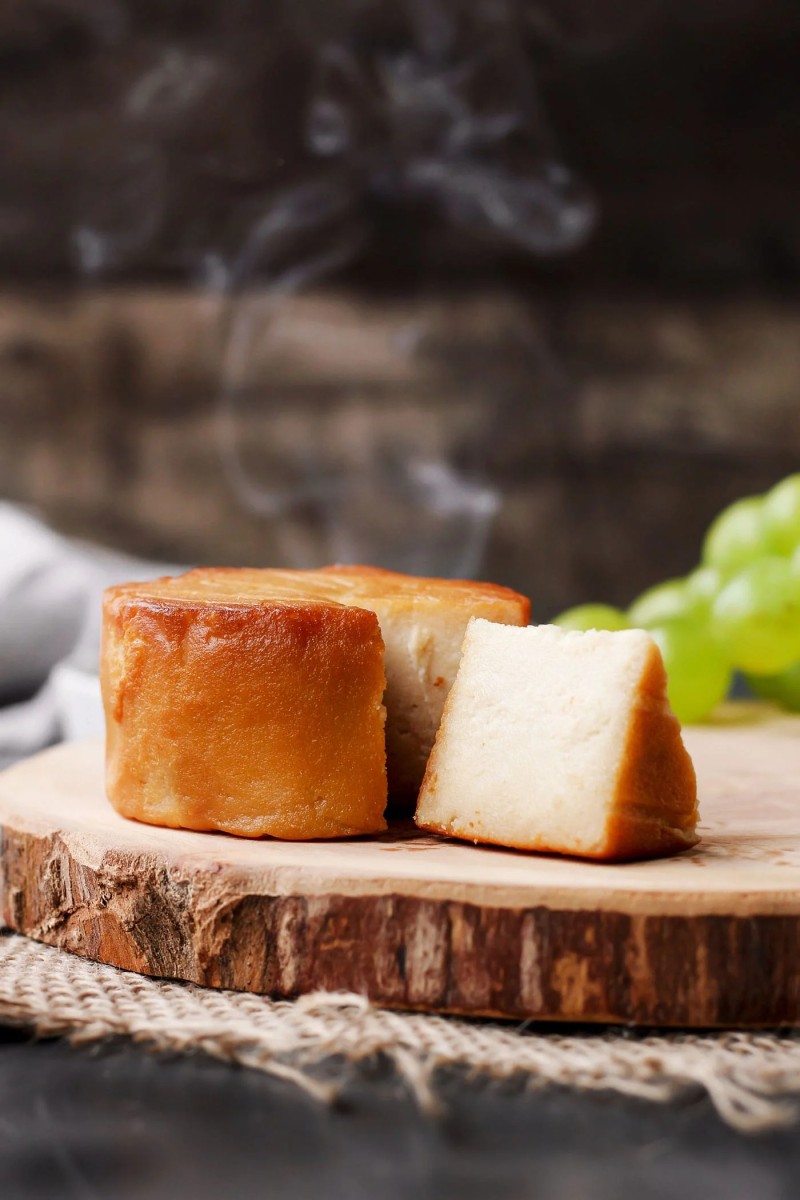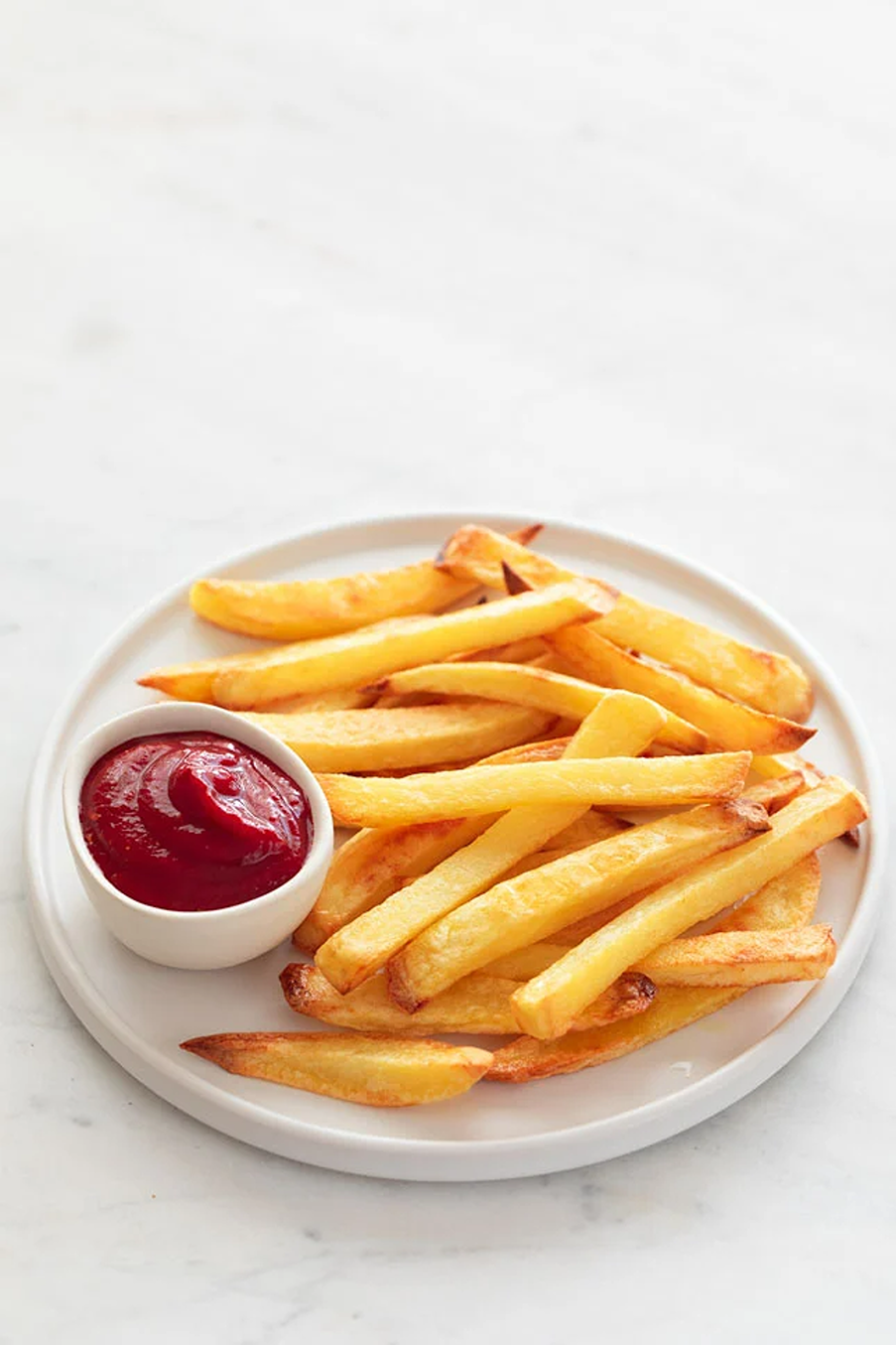Try some Stinky Vegan French Cheeses!

If you like a stinky French cheese, there are good plant-based versions to try these days. One is Bree, a mellow cheese rich in protein thanks to pea and faba beans. Or Shamembert, great for dunking into crusty bread.
Avoid ‘blue and mouldy cheeses’ if you’re pregnant, nursing or have weak immune systems (including children). Keep away from children and pets due to nuts, salt.
French yoghurt company Sojade also makes vegan Camm’vert cheese! (also with sage) made with organic cashew nuts, salt and French soya. Delicious with organic chutney and bread, or stir through pasta, or scatter over a seasonal salad.
Make Your Own Vegan French Cheeses

If you’re a ‘proper chef’, try some authentic vegan French cheeses from Thomas at Full of Plants. His recipes range from vegan blue cheese to camembert.
These are not the simplest as you have to buy a few speciality ingredients. But if you’re a ‘proper cook’, you will find his pages on making vegan cheeses fascinating!






